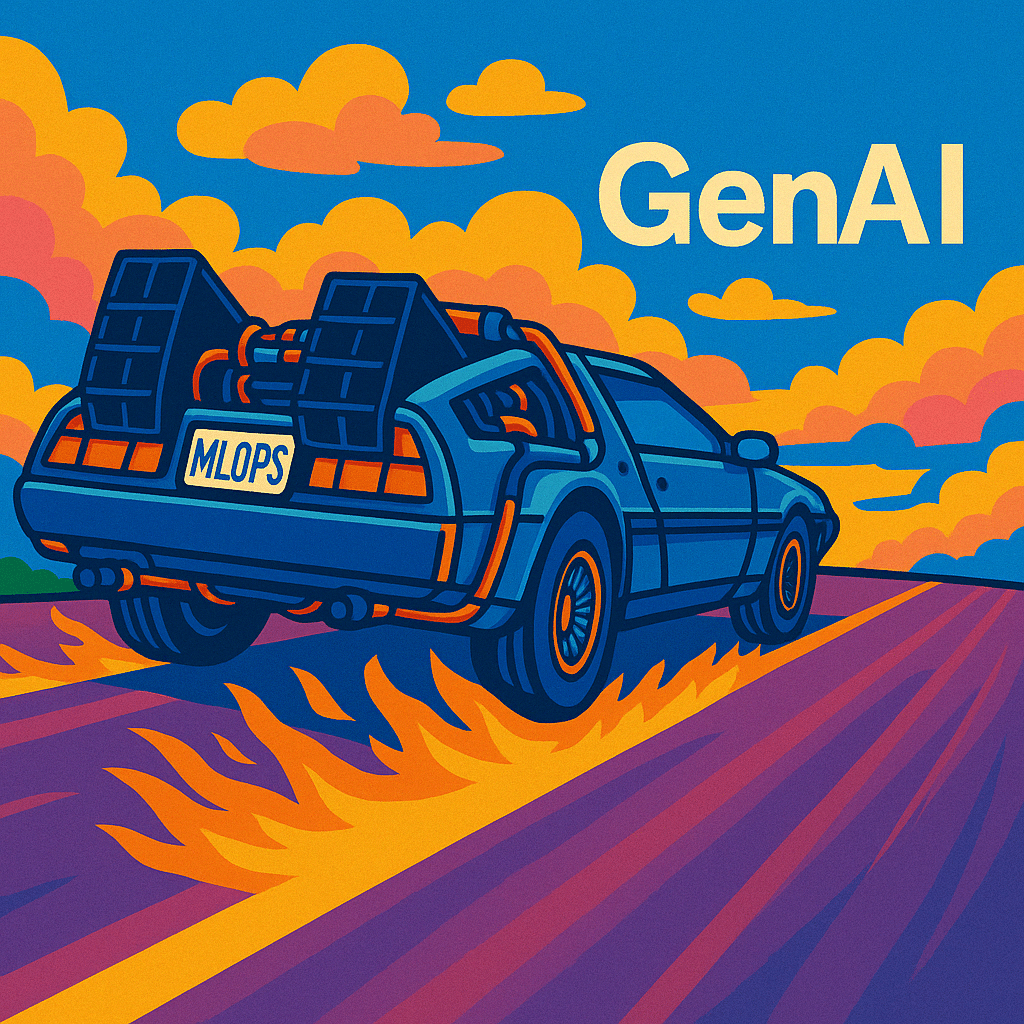Much of my work involves acting as a babel fish of sorts, translating between worlds unable to easily understand one another. This often manifests itself as helping business leaders understand technology and technologists, but it goes the other way as well, and there are a good number of other communities that I’m often called on to help connect.
That first one though has been on my mind a lot recently, as helping business and IT leaders peel back the layers of AI was the focus of my recent Summit and several of my speaking engagements since.
In reflecting on the many conversations I’ve had with podcast guests, clients, and attendees at my talks, it strikes me that three things get in the way of business leaders trying to take advantage of artificial intelligence for their companies:
Romanticizing the capabilities of AI
There’s a tendency on the part of some non-practitioners to start sentences about AI with “why can’t we just…” Some of this grows out of the way AI has been represented in science fiction and the media. The reality is that we’re far from generalized AI or fully automated ML, and today’s AI requires a lot of hard work to implement and integrate, especially at the scale of a large enterprise.
Underestimating the opportunity afforded by AI
Business leaders are so bombarded by tech ballyhoo, the urge, if not need, to tune some of it out is understandable. Yet, they ignore AI at their own peril. To be fair, I think most business leaders do believe that AI will significantly impact the way they work, they just don’t understand exactly how or when the shift will happen. The most successful of them are using this as an opportunity to learn and experiment rather than waiting on the sidelines until the picture becomes more clear.
Thinking that you need a Ph.D. to understand AI and put it to work
You don’t need to understand AI to take advantage of it as a business leader, but it certainly helps. And it turns out that despite the dizzying array of Greek letters that decorate the typical AI research paper, conceptually AI is pretty simple in terms of what it can do. Modern AI is really good at a few basic things: predicting quantities, categorizing things, and grouping things. Understanding a bit about these primitives and how they work informs how we build things with them, and the implications of their use.
Addressing these misunderstandings requires some education, and is an important first step towards creating empowered business leaders, IT leaders, and other non-practitioners when it comes to applying AI.
What do you think? What stumbling blocks have you run into in your organization?





